
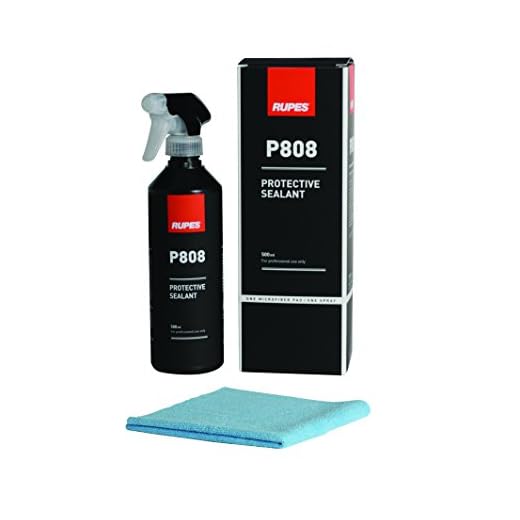


In my extensive experience with various cleaning machines, I have consistently observed that high-pressure jets can effectively strip away protective coatings applied to surfaces, including specific formulations designed for automotive paint. If your objective is to maintain that glossy finish, utilising this type of equipment carries a significant risk of erasing that layer of protection.
It’s crucial to understand the mechanics behind this process. The force of the water stream, often exceeding 1500 psi, can penetrate and lift not only dirt and debris but also cause damage to any wax layers. This phenomenon is especially pronounced when using narrow nozzles, which concentrate power into a smaller area, amplifying the force exerted on the surface.
For optimal maintenance of your vehicle’s appearance, consider employing gentler cleaning methods. Hand washing with mild detergents or foam applicators can effectively clean without compromising the durability of that shiny coating. If you’re committed to using high-pressure methods, ensure to adjust the settings for a less intense approach and maintain a safe distance from the surface you’re working on.
Impact of High-Intensity Cleaning on Protective Coating
The use of high-pressure cleaning devices tends to strip away protective layers, including various coatings applied to surfaces. My extensive hands-on experience has demonstrated that the intensity settings, nozzle type, and distance from the surface intricately influence the results. These factors dictate whether the applied treatments, such as coating for vehicles, remain intact or are compromised.
Guidelines for Maintaining Coatings
To prevent the degradation of coatings during a thorough clean, consider the following approaches:
| Tip | Description |
|---|---|
| Adjust Pressure Settings | Utilise low pressure for cleaning delicate surfaces to minimise damage. |
| Use Proper Nozzles | Opt for wider spray patterns to distribute force evenly and reduce risk. |
| Maintain Distance | Keep the nozzle at least 2 feet away from the surface, enhancing safety for coatings. |
| Regular Inspections | Examine the surface frequently post-cleaning to assess the condition of any applied treatments. |
Additional Considerations
When conducting high-pressure cleaning, understanding the composition of the applied protective solutions is crucial. For example, certain products are more resilient to harsh treatments, while others may be susceptible to eroding quickly.
In conclusion, the approach to utilising high-velocity cleaning equipment requires careful management to preserve protective layers on surfaces. With proper techniques, one can achieve cleanliness without sacrificing the efficacy of coatings applied for protection.
Understanding Wax Types on Vehicles
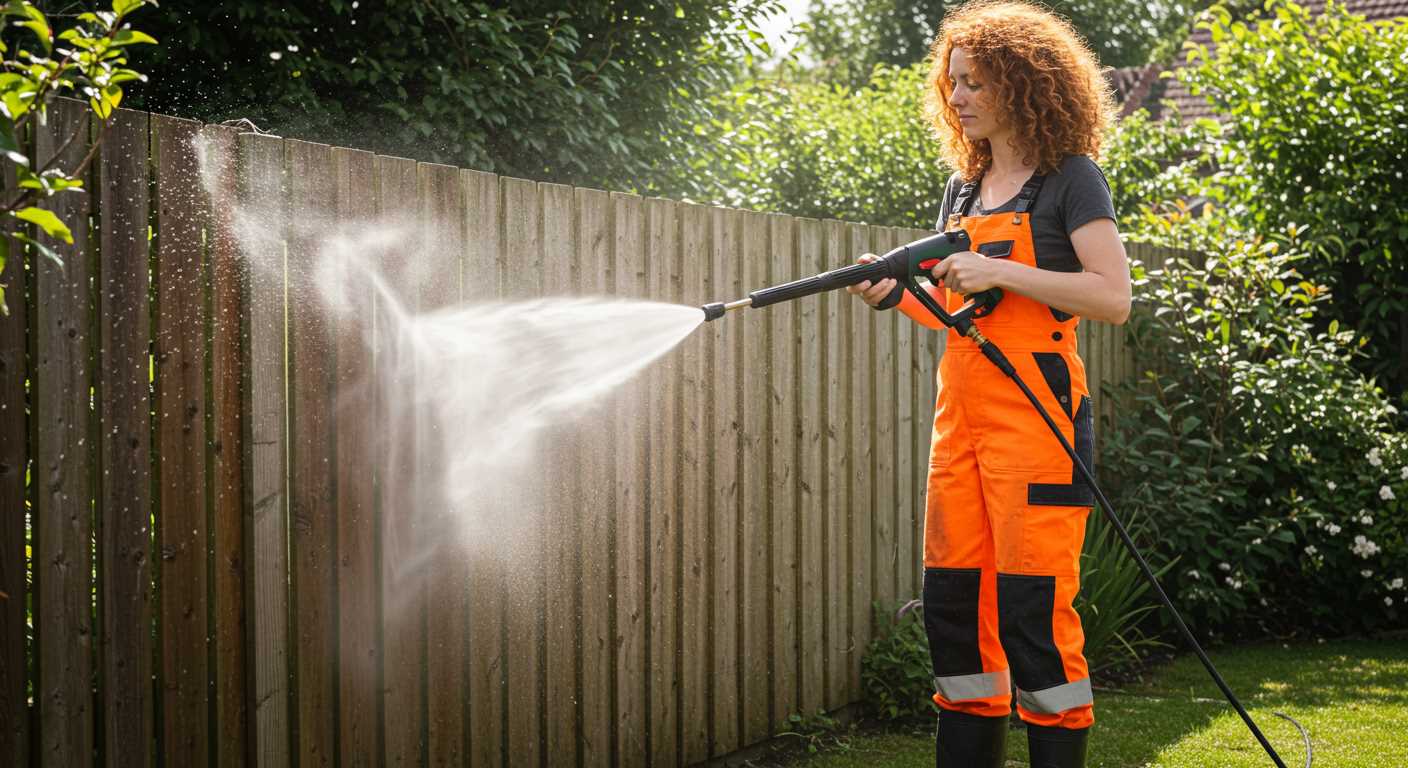
Car care requires knowledge of different formulations for surface protection. Key types include natural, synthetic, and sealants, each offering varying levels of durability and shine.
Natural Waxes
Natural waxes, primarily derived from carnauba palms, provide a deep, warm glow. They are biodegradable and safe for the environment but typically require more frequent application due to lower resistance to elements. When selecting, consider your local climate and how often you drive your vehicle.
Synthetic Waxes and Sealants
Synthetic formulations contain polymers designed to bond to paint surfaces. They often last longer than natural options and resist UV rays, dirt, and water. Sealants excel in protection but may offer less shine than carnauba. Evaluating your maintenance routine can help in choosing between these solutions.
How Cleaning Machines Operate
For optimal performance, these devices generate high-pressure streams of water to dislodge dirt and grime from various surfaces. At the core of their operation lies an electric or gas-powered motor, which drives a pump that pressurises the water. The water enters through an inlet and, once in the pump, it is rapidly forced out through a nozzle, creating a concentrated jet.
The nozzle design significantly influences the stream’s angle and intensity. Different nozzles can create a wider spray or a more focused beam, depending on the cleaning task at hand. For instance, a narrow nozzle is ideal for tougher stains, while a broader nozzle works well for cleaning large areas.
Additionally, some models offer adjustable pressure settings, allowing users to tailor the output to the specific cleaning requirements. This feature is particularly useful for sensitive surfaces where high pressure might cause damage.
Incorporating detergent is another common feature that enhances efficiency. When connected to a detergent tank, the machine can mix cleaning solutions with water, improving stain removal effectiveness, especially on surfaces like vehicles and patios.
When operating, the user should maintain a safe distance to avoid damaging the surface. Awareness of the material type being cleaned and appropriate settings is essential for achieving the best results without harming the surface integrity.
In summary, understanding the mechanics of these cleaning machines allows for more informed choices regarding their use. Proper knowledge and cautious operation lead to effective cleaning without unnecessary damage to the surfaces involved.
Impact of High Pressure on Wax Coating
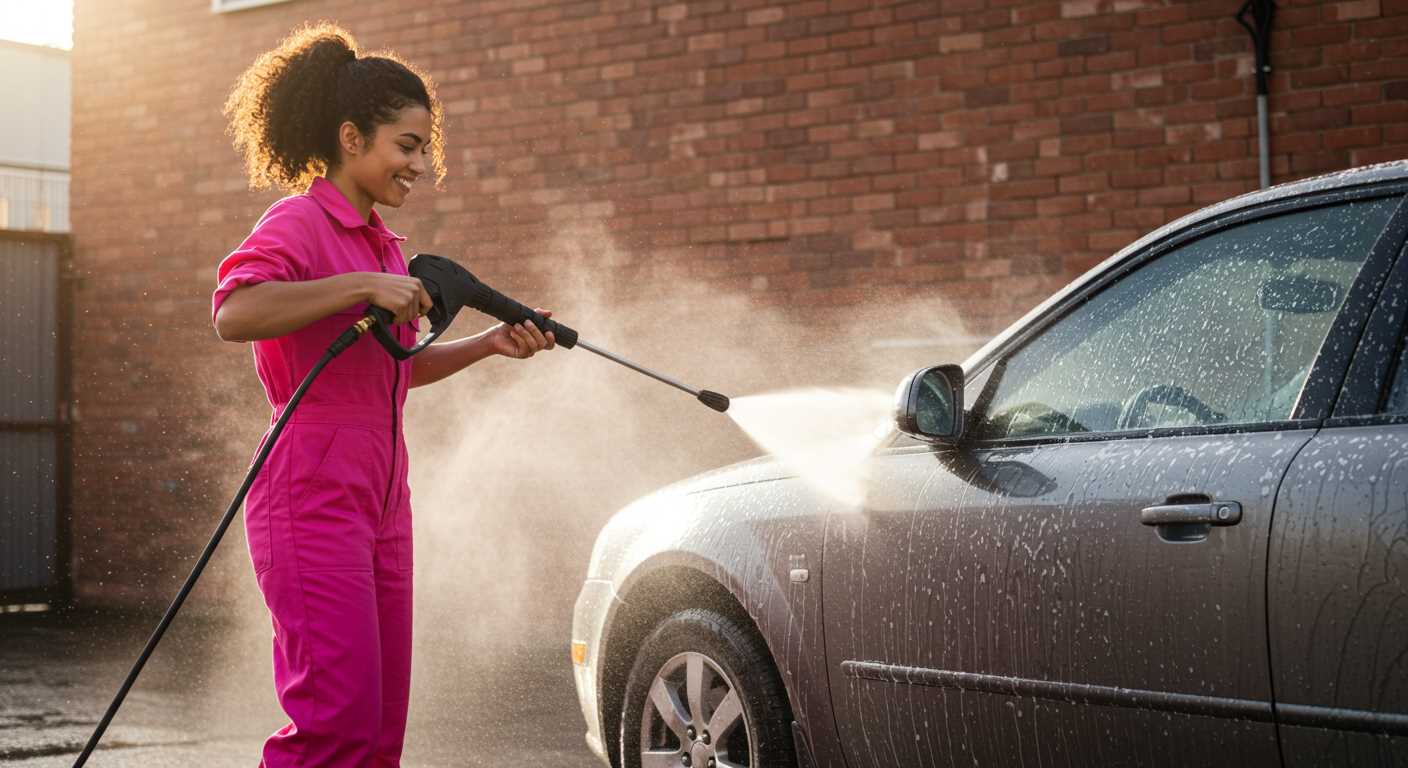
High pressure can significantly affect the protective layer on your vehicle, leading to degradation. The intensity and concentration of force applied can compromise the integrity of the coating, especially if not executed with care. I often recommend using lower settings when cleaning surfaces to preserve the finish.
Understanding Coating Durability
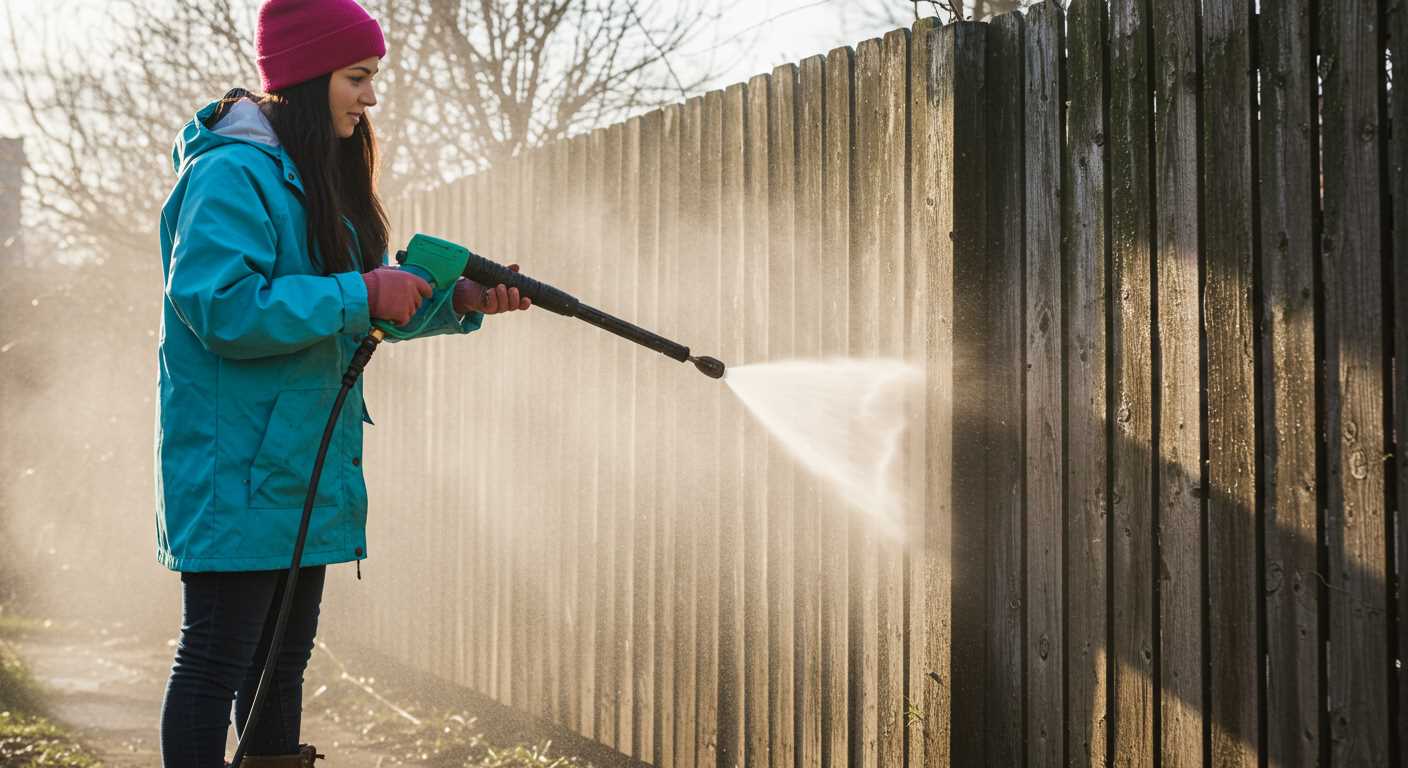
Different types of protective finishes exhibit varying resilience against intense force. For example, synthetic coatings tend to withstand higher pressure compared to natural waxes. Natural waxes, in particular, can begin to break down or strip away when subjected to excessive impact, which can result in a dull appearance and diminished protection.
Recommendations for Maintenance
To maximise the longevity of your vehicle’s protective layer, consider pre-treating the surface prior to any cleaning. A gentle wash, using a soft cloth or sponge with a mild soap, will help to remove loose dirt without risking damage. If you must use high force equipment, maintain a safe distance and keep the nozzle at a wide angle to distribute the impact more evenly. Regular inspections after cleaning can help identify areas where the layer may need reinforcement or reapplication.
Recommended Settings for Cleaned Surfaces with a Protective Coat
For surfaces that have undergone treatment with a protective layer, I recommend a setting between 1200 to 2000 PSI. This is effective for most materials while safeguarding against damage to the finish.
More detailed insights:
- A 1200-1500 PSI is optimal for more delicate surfaces like cars with a thin layer of coating.
- A range of 1500-1800 PSI works well for standard paint finishes, adequately cleaning without stripping protective elements.
- A setting above 2000 PSI is best reserved for tougher surfaces where heavy buildup exists, like concrete or stone, where you might risk harming a delicate finish.
Consider these additional recommendations:
- Utilise a wider nozzle, like 25 or 40 degrees, to further distribute the water stream and lower concentrated pressure.
- Maintain a safe distance of at least 2-3 feet from the surface to avoid accidental abrasion.
- Test on a small, inconspicuous area before proceeding with wider cleaning to assess any potential reactions with the coating.
Monitor the condition of the surface throughout the cleaning process. As you proceed, always adjust as needed to ensure thorough cleaning without compromising the integrity of the exterior finish.
Cleaning Solutions to Use with Pressure Cleaners
For optimal results, selecting appropriate cleaning agents is crucial. Here are some solutions that can enhance your washing process while ensuring protection for surfaces.
- Car Wash Soap: Choose a soap specifically formulated for vehicles. These products are gentle yet effective, preventing any potential damage to coatings.
- Degreasers: If tackling oily surfaces, a degreasing agent can work wonders. Look for biodegradable options that break down grease without harming the environment.
- Concrete Cleaners: For driveways or patios, specialised concrete cleaning solutions help remove tough stains. Ensure compatibility with your equipment to maintain its longevity.
- All-Purpose Cleaners: Versatile cleaners can tackle various surfaces but check that they won’t affect more delicate finishes.
- Mold and Mildew Removers: Persistent biological growth can be dealt with using dedicated removers. These usually contain fungicides and are best applied before using the washing device.
Before applying any solution, it’s essential to read labels for dilution ratios and application guidelines. This ensures efficient cleaning while maintaining the integrity of your surfaces.
Using the right cleaning agents, I have observed significant improvements in efficiency and results. Experimenting with various products within the guidelines of compatibility can lead to outstanding outcomes, keeping surfaces looking pristine.
Alternative Methods for Wax Removal
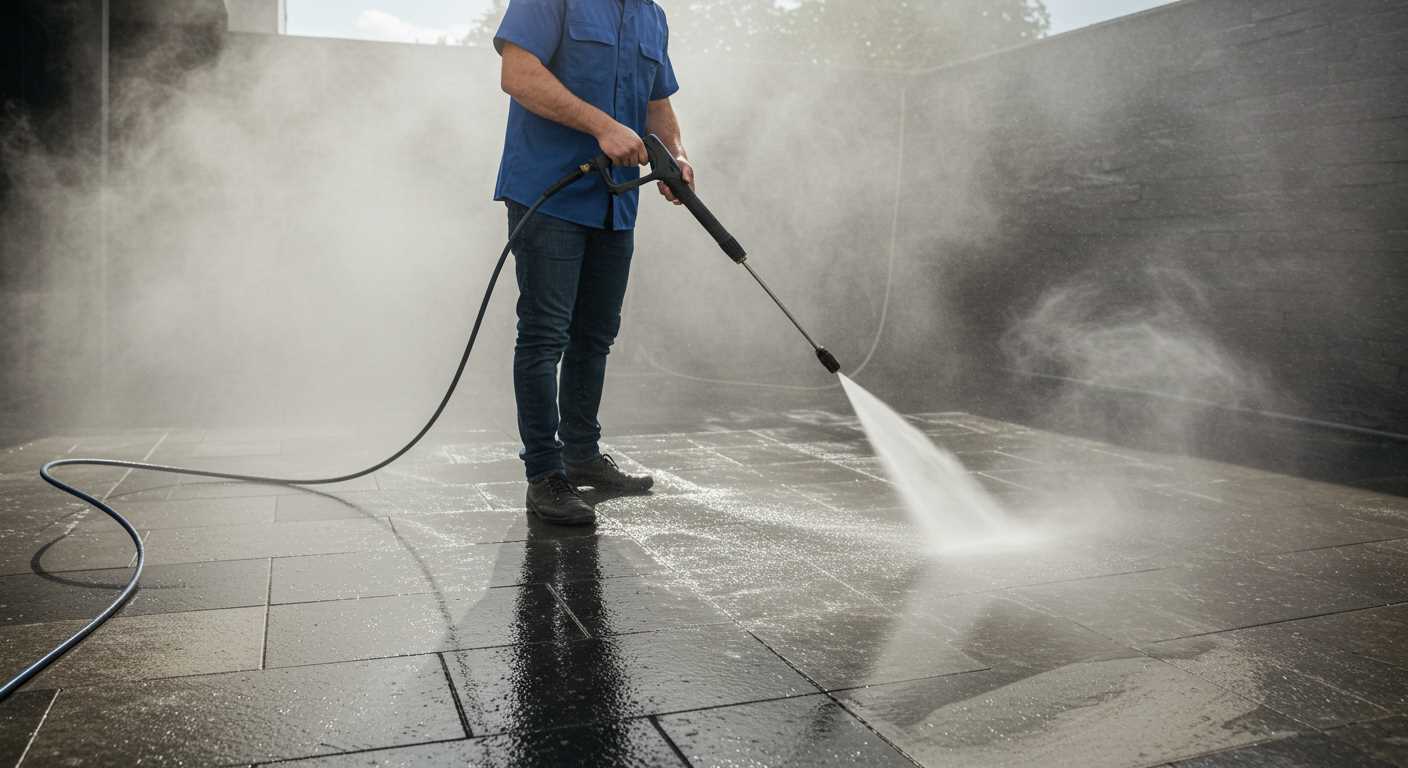
To effectively eliminate protective coatings from your vehicle, consider using automotive solvent or clay bar techniques. These methods provide an efficient way of achieving a clean surface without the risk of damaging the paintwork.
Automotive Solvents
Utilising a dedicated automotive solvent is a straightforward approach. Products like goo removers or wax strippers are formulated to break down wax compounds. Apply a small amount onto a microfiber cloth, ensuring the surface is cool and out of direct sunlight. Gently rub the area in circular motions until the substance is fully dissolved. Rinse the section with water afterwards to remove any solvent residues.
Clay Bar Technique
The clay bar method effectively tackles embedded contaminants and residues left by wax. Start by cleaning the vehicle with soap and water, then lubricate the surface with a detailing spray. Glide the clay bar over the paint, applying gentle pressure. This process captures any remaining residues, leaving the surface smooth. After completion, wash the area to ensure all contaminants are eliminated.
For those seeking non-abrasive solutions, consider using a wax safe cleaner. These products are specifically designed for maintenance and can gradually lift wax without harming the underlying paint. Always perform a patch test before full application to avoid any possible reactions with different finishes.
Preventing Wax Damage During Pressure Washing
To safeguard your vehicle’s finish while using a high-powered cleaning device, consider applying a wax-safe technique. Instead of direct contact at close range, maintain a distance of at least 2 to 3 feet from the surface. This will diminish the risk of stripping protective coatings.
Utilising Proper Nozzle Choices
Select a fan nozzle over a pinpoint one; a wider spray pattern disperses water force, lessening the likelihood of harming the protective layer. For the best results, a 25-degree or 40-degree nozzle works well for maintaining integrity.
Timing and Environment Considerations
Avoid working in direct sunlight as heat can cause cleaning solutions to dry too quickly, potentially leading to damage. Choose an overcast day or late afternoon for optimal conditions. Furthermore, ensure to rinse off any residual cleaning agents thoroughly to minimise reactions with protective finishes.
Maintenance Tips for Waxed Vehicles
After applying a protective coating to your vehicle, maintaining its appearance is crucial. Regularly washing prevents dirt build-up and preserves the shine. I suggest washing the surface with a pH-neutral soap specifically designed for automobiles. This type of cleaner will not compromise the protective layer, ensuring longevity.
Inspection for Damage
.jpg)
Periodically examining the surface for any signs of wear or damage helps you identify areas needing attention. Look for scratches or dull spots that may indicate a breakdown of the protective layer. Addressing these issues quickly can save time and effort later.
Frequent Touch-ups
Consider performing a touch-up application every few months. This can be as simple as applying a quick detailer or a spray wax after washing. Such products enhance the shine while reinforcing the protective barrier, keeping your vehicle looking its best. Always ensure the coating is clean and free from contaminants before applying additional layers.











